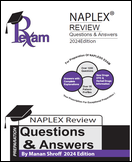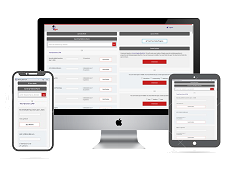
Which of the following information is/are TRUE about Ebola Hemorrhagic Fever?
I. It is a viral hemorrhagic fevers.
II. It is a severe, often fatal disease in humans and nonhuman primates.
III. It is caused by infection with a virus of the family Filoviridae.
a. I only
b. I and II only
c. III only
d. II and III only
e. All
Which of the following information is/are TRUE about Ebola Hemorrhagic Fever?
I. It is a viral hemorrhagic fevers.
II. It is a severe, often fatal disease in humans and nonhuman primates.
III. It is caused by infection with a virus of the family Filoviridae.
a. I only
b. I and II only
c. III only
d. II and III only
e. All
Answer:(d), All. Ebola hemorrhagic fever (Ebola HF) is one of numerous Viral Hemorrhagic Fevers. It is a severe, often fatal disease in humans and nonhuman primates (such as monkeys, gorillas, and chimpanzees).
Ebola HF is caused by infection with a virus of the family Filoviridae, genus Ebolavirus. When infection occurs, symptoms usually begin abruptly. The first Ebolavirus species was discovered in 1976 in what the Democratic Republic of the Congo near the Ebola River is now. Since then, outbreaks have appeared sporadically.
There are five identified subspecies of Ebolavirus. Four of the five have caused disease in humans: Ebola virus (Zaire ebolavirus); Sudan virus (Sudan ebolavirus); Taï Forest virus (Taï Forest ebolavirus, formerly Côte d'Ivoire ebolavirus); and Bundibugyo virus (Bundibugyo ebolavirus). The fifth, Reston virus (Reston ebolavirus), has caused disease in nonhuman primates, but not in humans.
www.pharmacyexam.com Try Our Naplex QBank.




